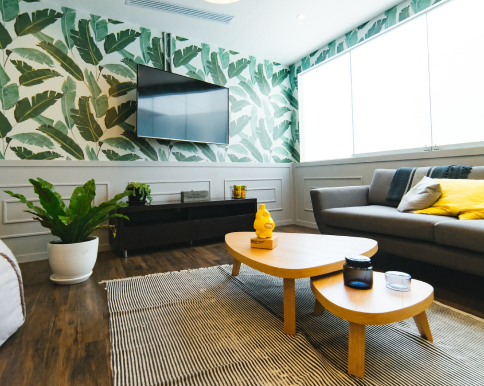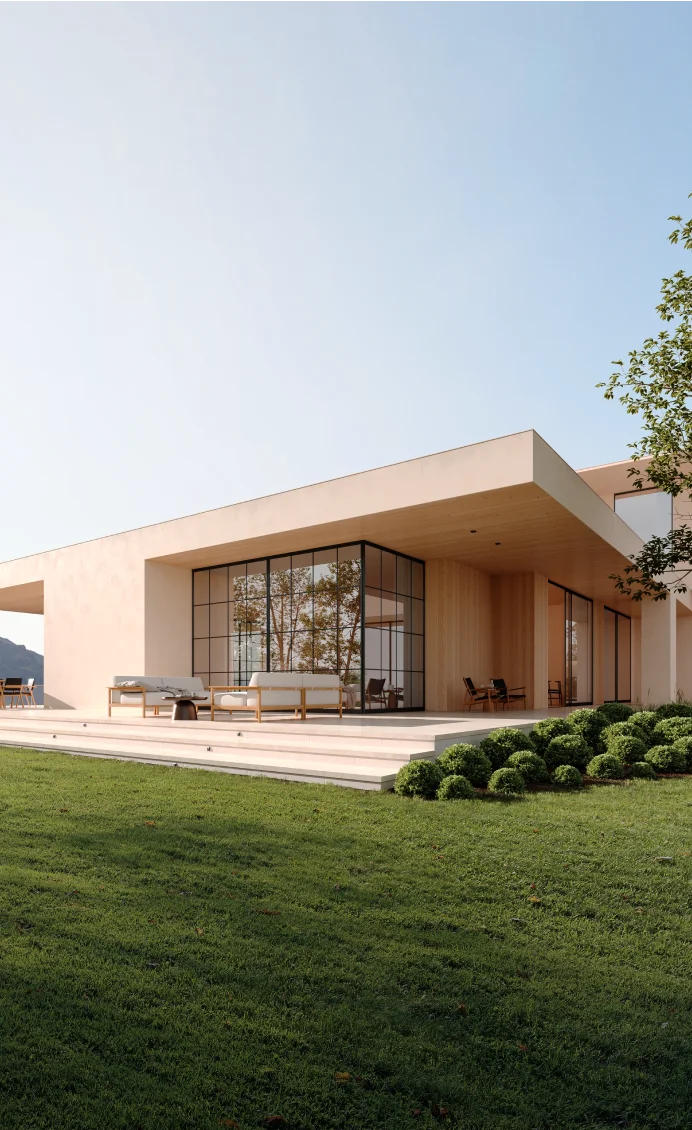Key Takeaways:
- Types of 3D modeling: Various methods of 3D modeling exist, including primitive modeling, polygonal modeling, B-spline rational modeling, and Non-Uniform Rational B-Splines (NURBS). The selection of a modeling method depends on the project requirements and desired level of detail.
- Role of CAD software: Computer-Aided Design (CAD) software plays a crucial role in 3D modeling. It provides different modeling methods such as solid, wireframe, and surface modeling, each having unique applications and complexities.
- Future trends in 3D modeling: The field of 3D modeling is constantly evolving with the emergence of new technologies and methodologies. Additive manufacturing, the use of more complex geometric shapes, and the incorporation of artificial intelligence into modeling software are key trends. Future developments also include greater integration with virtual and augmented reality technologies.
- Impact of 3D printing and software development: 3D printing has revolutionized industries by allowing digital models to be brought into the physical world. Software that integrates two-dimensional drafting with three-dimensional modeling is changing architecture and engineering, while 3D sculpting has opened up new opportunities for digital artists.
- The future of 3D modeling: Continuous software development, along with advances in CAD and 3D printing technology, are expected to bring about even more opportunities and exciting possibilities in the 3D modeling field.
3D modeling, more than just an art, is a pivotal tool making a transformative impact across various fields of our lives. It’s the process of developing a mathematical representation of any three-dimensional object via specialized modeling software. The detailed articulation of shape, texture, and dimensionality in 3D space opens up boundless opportunities for creative expression, from developing captivating 3D animation to crafting precise digital replicas for 3D model makers.
There exist numerous types of 3D modeling techniques, each holding its unique attributes and purpose. These range from the detailed realism of polygonal modeling to the mathematical precision of NURBS modeling. The choice of a type of 3D modeling is contingent upon the tasks facing the designer, accentuating the flexibility and adaptability of this technology.
Understanding the Basics of 3D Models
3D models have fundamentally transformed diverse industries such as product design, real estate, entertainment, and fashion, acting as versatile tools enabling realistic visualization, complex simulations, and even physical object creation via 3D printing.
At their core, 3D models exhibit key characteristics that distinguish them from their 2D counterparts. Firstly, they provide a comprehensive view of an object, representing depth, height, and width, permitting a 360-degree perspective. Secondly, they allow for manipulation and modifications, enabling designers to evaluate and optimize various design aspects dynamically. Lastly, 3D models can imbibe realistic physical properties, such as weight, material texture, light reflection, which increases their value in realistic simulations.
In the product design industry, 3D models help conceptualize and prototype products before actual production. In real estate, they offer virtual tours of properties, enabling potential buyers to visualize space. The entertainment industry utilizes 3D models to create immersive virtual environments and lifelike characters in video games and movies. In fashion, they play a significant role in designing clothes, showcasing them on virtual models, and predicting how fabrics will fall or drape on the body.
The ubiquity of 3D models across these industries underlines their invaluable contributions to modern visual culture and design processes. They provide a tangible understanding of abstract concepts, bridge gaps between imagination and reality, and significantly streamline the design and production pipeline.
Key Types of 3D Modeling
Exploring the world of 3D modeling reveals a variety of methodologies, each with unique applications and intricacies.
Primitive Modeling
This type of 3D modeling offers a straightforward approach for beginners, requiring less extensive training. Using simple shapes, designers manipulate shapes like spheres, cubes, and other planar shapes to form the desired shape. However, this method may be limiting when creating complex shapes or detailed models, as it primarily deals with flat surfaces.
Polygonal Modeling
Polygonal modeling involves defining a 3D object with polygons, usually triangles or quadrilaterals, each having at least three vertices. This type is highly versatile, capable of creating everything from basic structures to complex objects. This flexibility makes it popular for 3D rendering in virtual reality and video games. However, creating a complex shape with smooth surfaces may be more challenging and time-consuming.
B-Spline Rational Modeling
B-Spline Rational modeling is a mathematical model that creates complex models by manipulating a series of points in 3D space. This method provides precision control over the model’s shape and produces smooth and predictable surfaces. However, it can be more challenging to learn and requires a good understanding of mathematical principles.
Non-Uniform Rational Basis Spline (NURBS)
NURBS is an advanced type of 3D modeling that uses mathematical representations to create curved surfaces. NURBS models can represent both simple geometric forms and more complex shape objects, making them ideal for physical objects with smooth surfaces like cars or aircraft. However, this technique requires more processing power and may be harder to master.
Each of these types plays a unique role in the vast realm of 3D modeling, serving as essential tools in creating everything from simple geometric shapes to complex virtual reality landscapes.
Role of Computer-Aided Design (CAD) Software in 3D Modeling
Computer-Aided Design (CAD) software is instrumental in the process, providing a comprehensive set of functionalities that aid in creating realistic models of digital objects. CAD software can create both simple and complex figures, from planar shapes to three-dimensional shapes. It is integral to industries such as engineering, manufacturing, and real estate, enabling the creation of accurate visual representations of designs before they are physically built.
Solid Modeling
Solid modeling is a core feature of CAD software, allowing for the creation of solid models that represent the volume and internal components of an object. It’s ideal for visualizing and analyzing the structural integrity of designs. This technique provides a smooth surface and creates more realistic models. However, it can be complex and might require extensive training, especially for creating intricate designs.
Wireframe Modeling
Wireframe modeling, another key element in CAD software, outlines the object’s surface. It allows designers to construct an object’s basic structure using lines and vertices. Wireframe models provide a clear view of the underlying design but lack realism as they don’t represent solid surfaces. While they’re useful for preliminary design stages, they may not provide a comprehensive visual representation.
Surface Modeling
Surface modeling in CAD software helps designers create complex surfaces and intricate designs. It’s more flexible than solid modeling, enabling the creation of complex shapes and non-primitive shapes. Surface models provide an excellent balance between the realism of solid models and the flexibility of wireframe models. However, they can be more difficult to master, especially with more advanced programs.
In essence, CAD software serves as an essential tool in 3D modeling, offering different methods such as solid, wireframe, and surface modeling to create digital objects. Each technique has its unique advantages and challenges, underscoring the diversity and versatility inherent in 3D modeling.
Alternative Solutions and Future Trends in 3D Modeling
3D modeling, the art of creating a three-dimensional figure in a virtual environment, has been evolving continuously, adapting to the computational and creative needs of different industries. While the major types – primitive, polygonal, and spline modeling – have been the main tools in the hands of designers, new methods and software have emerged, offering alternative solutions and signaling future trends in the field.
An alternative approach is the use of additive manufacturing, a process that combines 3D modeling with physically milling or printing the object. This method not only allows for a high level of detail and high realism but also the seamless integration of the object’s exterior and interior 3D design. However, these techniques can be time-consuming and require different programs to add solid, curved surfaces to the wireframe vertices, which may be a higher step than entry-level or traditional 3D model creation.
Another emergent trend is the use of N-sided prisms and other more complex geometric shapes, rather than relying solely on triangles or quadrilaterals. While more triangles can result in more detailed models, these methods allow for faster creation of complex shapes without sacrificing detail.
Artificial Intelligence (AI) is another driving force reshaping the 3D modeling landscape. AI tools are being integrated into 3D modeling software, assisting in tasks ranging from optimizing wireframe vertices to predicting the optimal number of polygons for a given object. AI also enables non-uniform rational B-splines to be computed more efficiently, which is vital in the creation of smooth curves and surfaces, a key feature of high-resolution models used in product design or animated films.
Looking ahead, the future is likely to be marked by even greater integration with other software and technologies. Virtual and augmented reality technologies are expected to play a significant role, creating immersive 3D models that can interact with the real world. This integration, along with continued improvements in techniques, promises to make the process of creating a 3D model faster, easier, and more intuitive, catering to advanced work requirements.
This field is evolving, with new methodologies and technologies shaping the future of the industry. By harnessing these emerging trends and possibilities, 3D artists can push the boundaries of creativity and innovation.
Conclusion
Throughout this exploration of the various types of 3D modeling, we’ve seen the vital role they play in countless industries and artistic pursuits. From the basic structures of primitive modeling to the smooth curves of Non-Uniform Rational B-Splines, the range of techniques allows for infinite possibilities in creating 3D objects.
Each modeling technique, whether it be polygonal, spline, or solid has its unique strengths and uses. They’re like different brushes for a painter, each capable of bringing a particular vision to life in the three-dimensional canvas of a computer screen. From creating a character for 3D animation to designing an intricate interior 3D model, these various 3D modeling techniques offer the tools to turn creative visions into digital reality.
The advent of 3D printing has brought these models off the screen and into the physical world, revolutionizing industries from manufacturing to healthcare. Similarly, the development of design software that seamlessly blends two-dimensional drafting with three-dimensional modeling has changed the face of architecture and engineering. 3D sculpting, too, has opened up a world of opportunities for digital artists, allowing them to mold and shape digital clay as if they were working with their hands.
Looking ahead, the future of 3D modeling is bright and full of potential. The continuous development of software, along with advances in computer-aided design and 3D printing technology, is sure to bring about even more exciting possibilities.
So, whether you’re an aspiring 3D model maker, a professional looking to broaden your skills, or simply someone fascinated by the possibilities of three-dimensional design, diving deeper into the world of 3D modeling promises a rewarding journey. As you explore different types of 3D modeling, you will uncover a world where art meets technology, creating a synergy that breathes life into digital creations.
FAQ:
Which industries can benefit from 3D modeling?
Apart from the widely recognized entertainment and gaming sectors, 3D modeling is extremely beneficial in industries such as real estate, where it’s used for virtual tours; product design, where it helps in prototyping; and in the fields of interior and exterior design, as well as architecture, where it assists in visualizing spaces before they are built. It’s also used extensively in creating immersive environments in virtual reality applications.
What is B-Spline Rational modeling and Non-Uniform Rational Basis Spline (NURBS) modeling?
Both are advanced 3D modeling techniques. B-Spline Rational modeling manipulates a series of points in 3D space to create complex models. NURBS uses mathematical representations to create curved surfaces, making it ideal for modeling physical objects with smooth surfaces like cars or aircraft.
What is the role of artificial intelligence (AI) in 3D modeling?
AI is being integrated into 3D modeling software to assist with tasks ranging from optimizing wireframe vertices to predicting the optimal number of polygons for a given object. AI can also efficiently compute non-uniform rational B-splines, crucial for creating smooth curves and surfaces in high-resolution models.
How does 3D modeling contribute to virtual and augmented reality?
3D modeling is a fundamental part of creating immersive environments in virtual reality (VR) and augmented reality (AR). Future trends in 3D modeling point towards even greater integration with VR and AR technologies, creating more interactive and realistic 3D models.
What are the challenges in learning different 3D modeling techniques?
Each 3D modeling technique comes with its unique set of challenges. While primitive modeling may be easier to grasp, it might not be sufficient for creating complex shapes. Techniques like NURBS modeling, although great for forming smooth surfaces, require a comprehensive understanding of mathematical principles and can be harder to master. A 3D visualization studio, with experienced designers and advanced software, can help navigate these challenges, providing expert guidance and resources to make the learning process more accessible and efficient. Furthermore, these studios can offer professional assistance in executing complex projects, hence ensuring high-quality outcomes.














